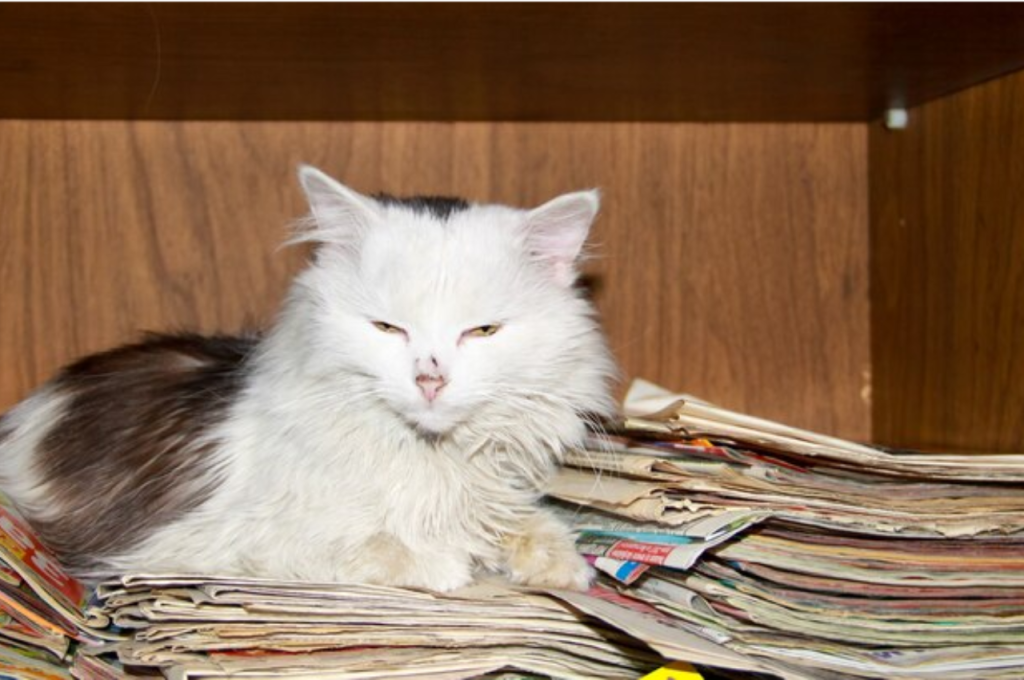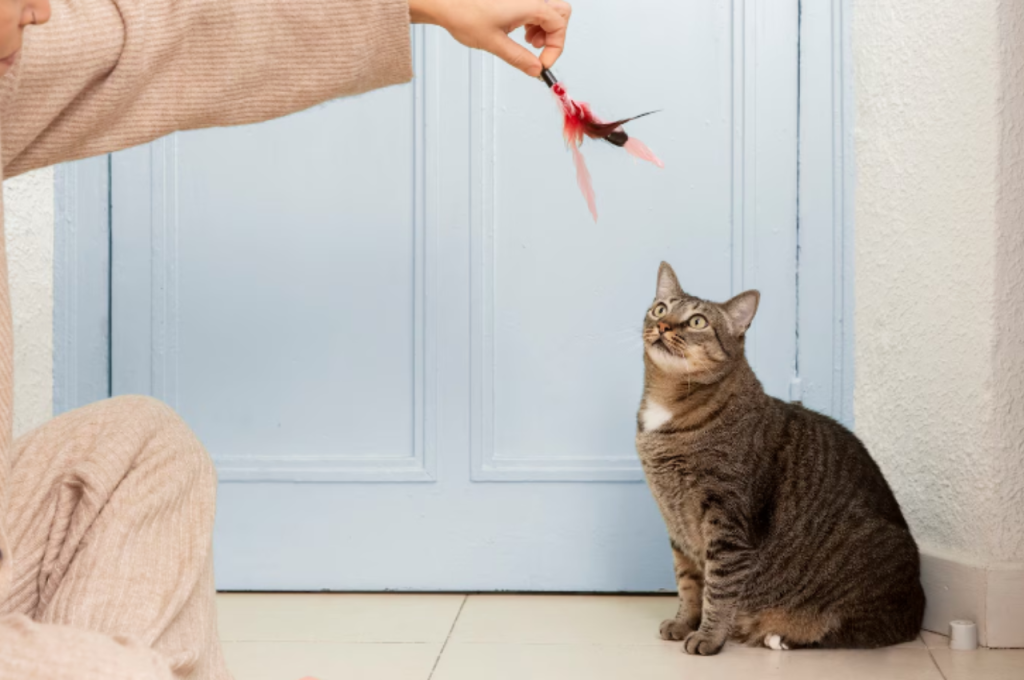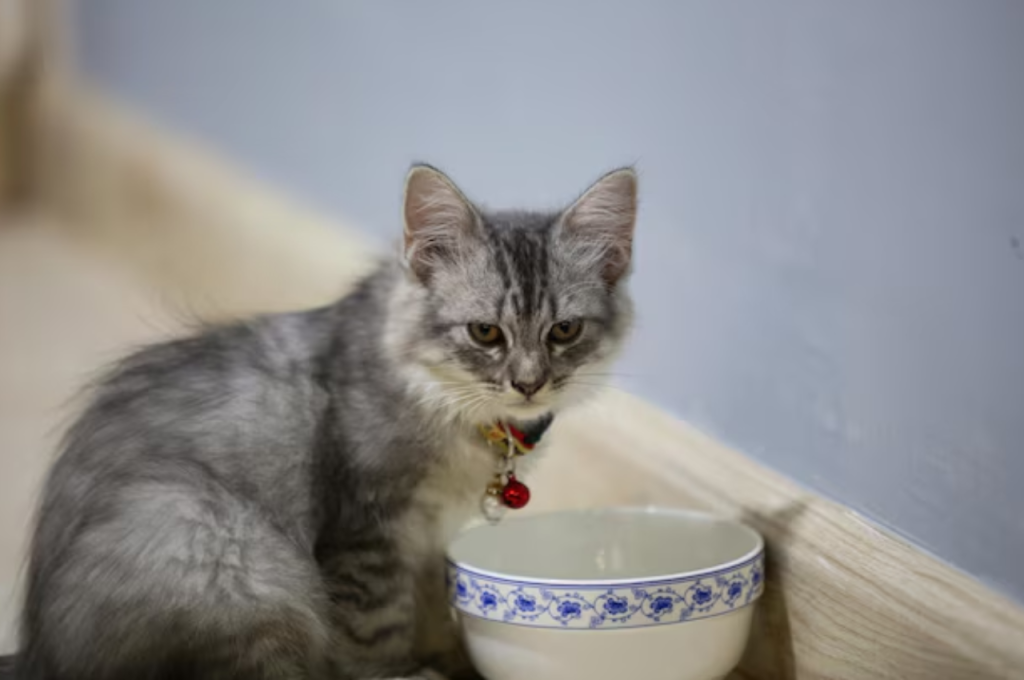To relax a hyper cat, engage in interactive play sessions and provide calming activities like grooming. Consistent routines help.
Having a hyper cat can be challenging, but there are effective ways to help your feline friend unwind and destress. From interactive play sessions to providing calming activities like grooming, these techniques can work wonders in calming your cat’s hyperactivity. Cats thrive on routine, so establishing consistent daily schedules can also contribute to a more relaxed and contented kitty. By incorporating these strategies into your cat’s daily life, you can create a harmonious environment that promotes relaxation and well-being for your beloved pet.
Identifying Signs of a Hyper Cat
Understanding the signs that indicate your cat is hyperactive is the first step in helping them relax. Hyperactivity in cats can be both physical and behavioral, and being able to identify these signs will allow you to take appropriate measures to help your feline friend unwind.

Physical Symptoms
When it comes to physical symptoms, hyperactivity in cats can manifest in various ways. Some physical signs to look out for include:
- Rapid, erratic movements
- Pacing or restlessness
- Dilated pupils
- Excessive grooming
Behavioral Clues
Alongside physical symptoms, there are behavioral clues that can indicate a hypercat. These may include:
- Excessive vocalization
- Aggressive play behavior
- Attention-seeking behavior
- Difficulty settling down
Common Causes Behind Hyperactivity
Hyperactivity in cats can be a common concern for pet owners. Understanding the underlying causes behind this behavior is crucial in effectively managing it. Identifying the reasons for your cat’s hyperactivity can help you tailor your approach to calming them down and creating a more harmonious environment for both you and your feline friend.
Lack of Stimulation
Indoor cats, in particular, are prone to hyperactivity due to a lack of mental and physical stimulation. Without appropriate outlets for their energy, cats may exhibit restless and hyperactive behavior. Providing engaging toys, climbing structures, and regular play sessions can help alleviate this issue.
Dietary Influences
The food your cat consumes can significantly impact their behavior. Diets high in carbohydrates and low in protein may contribute to increased energy levels and hyperactivity. Ensuring that your cat’s diet is well-balanced and meets their nutritional needs can play a crucial role in managing hyperactivity.
Creating a Calming Environment
Creating a Calming Environment is essential to help relax a hyper cat. By establishing Safe Spaces, Minimizing Stress Triggers, and providing a soothing atmosphere, you can help your feline friend unwind and destress.
Safe Spaces
Designate specific areas in your home where your cat can retreat to when feeling overwhelmed. Include cozy beds, blankets, and toys to make the space inviting.
Minimizing Stress Triggers
Identify and remove any elements that may cause stress for your cat, such as loud noises, overcrowded spaces, or aggressive pets. Keeping a calm and organized environment is key.
Interactive Play Techniques
If you have a hyperactive cat that seems to be constantly on the go, interactive play techniques can be a great way to help them relax and expend some of that pent-up energy. By engaging your cat in stimulating play sessions, you can provide them with mental and physical stimulation, which can ultimately lead to a calmer and more relaxed state. In this article, we will explore two effective interactive play techniques: choosing the right toys and scheduled playtime.
Choosing The Right Toys
When it comes to selecting toys for your hyper cat, it’s important to choose ones that encourage active play and capture their attention. Opt for toys that allow your cat to engage their natural hunting instincts, such as interactive wands with feathers or toys that mimic the movement of prey. These types of toys can provide mental stimulation and help redirect their energy towards a specific target.

Additionally, consider toys that incorporate treats or food puzzles. These toys not only provide physical exercise but also offer a mental challenge, as your cat has to work to extract the treats or food. This can help keep them occupied for longer periods and promote a sense of relaxation.
Scheduled Playtime
Establishing a regular playtime routine can be beneficial for both you and your hypercat. By setting aside specific times for interactive play, you can ensure that your cat receives the attention and exercise they need to relax. Consistency is key, so try to stick to a schedule that works for both of you.
During playtime, actively engage with your cat using the chosen interactive toys. Encourage them to chase, pounce, and leap, mimicking their natural hunting behaviors. This not only helps release their excess energy but also strengthens the bond between you and your feline friend. Remember to keep play sessions short but frequent, as cats have shorter attention spans. Aim for two or three sessions per day, lasting around 10-15 minutes each. This way, your cat can gradually wind down after each session, leading to a more relaxed overall demeanor.
By incorporating interactive play techniques into your cat’s routine, you can help them relax, reduce hyperactivity, and create a more peaceful environment for both you and your furry companion.
Soothing Through Touch
When it comes to hyperactive cats, there are many ways to help them relax and calm down. One of the most effective methods is through touch. Soothing through touch can help your cat feel more relaxed and comfortable, reducing their anxiety and stress levels.
Gentle Petting
Gentle petting is a great way to soothe a hypercat. Using slow, gentle strokes, start at the head and work your way down the body, focusing on areas that your cat enjoys being petted. This could include the ears, chin, and back of the neck. Be sure to avoid sensitive areas like the belly and tail, as these can trigger a negative response.
Massage Therapy
Massage therapy is another effective way to relax a hypercat. Use gentle pressure and circular motions on the muscles of the neck, shoulders, and back. This can help release tension and promote relaxation. You can also use a small amount of lavender or chamomile essential oil to enhance the calming effects of massage.
Overall, soothing through touch can be a powerful tool in helping your hyper cat relax and calm down. Whether through gentle petting or massage therapy, taking the time to provide your cat with physical comfort can help strengthen your bond and reduce their stress levels.
Implementing a Routine
When it comes to relaxing a hypercat, implementing a routine is essential. Cats thrive on stability and predictability, and having a consistent daily routine can help them feel more secure and calm. By focusing on three key areas—feeding, sleeping, and play—you can establish a structured routine that promotes relaxation and well-being for your furry friend.
Feeding
Feeding your cat at regular intervals throughout the day can help regulate their energy levels and prevent excessive hyperactivity. Create a feeding schedule and stick to it. Dividing their meals into smaller portions and offering them at consistent times can also help prevent overeating and promote a healthier weight.
Consider using an automatic feeder if you have a busy schedule. This not only ensures your cat receives their meals on time but also helps them associate the feeder with mealtime, creating a sense of security and routine.
Sleeping
Cats are notorious for their love of napping, and providing them with a cozy and comfortable sleeping environment is crucial for relaxation. Make sure your cat has access to a quiet and secluded spot where they can retreat for restful sleep. This could be a designated cat bed or a soft blanket tucked away in a quiet corner of your home.
Additionally, maintaining a consistent sleep schedule for your cat can help regulate their energy levels. Cats are crepuscular animals, meaning they are most active during dawn and dusk. By providing playtime and stimulation during these periods, you can encourage them to expend their energy and promote a more restful sleep cycle.
Play
Regular play sessions are vital for releasing your cat’s pent-up energy and promoting relaxation. Engage in interactive play with your cat using toys that mimic their natural hunting instincts. This could include feather wands, laser pointers, or puzzle toys that dispense treats.
Try to incorporate play sessions into your cat’s daily routine, ideally during their active periods in the early morning or evening. This not only provides mental and physical stimulation but also helps establish a predictable pattern for your cat, leading to a more relaxed demeanor.
Remember, each cat is unique, so it’s important to observe and understand your cat’s preferences and adjust the routine accordingly. By implementing a consistent feeding schedule, ensuring a peaceful sleeping environment, and engaging in regular play, you can help relax your hyper cat and create a harmonious atmosphere for both of you.
Dietary Adjustments for a Calmer Cat
Help your hyper cat relax by making dietary adjustments. Try providing a balanced diet with high-quality protein, limited carbohydrates, and essential fatty acids. Additionally, consider incorporating calming supplements like chamomile or valerian root to promote a calmer demeanor in your feline friend.

Recommended Food Ingredients
When it comes to calming a hypercar through dietary adjustments, choosing the right food ingredients is crucial. Look for cat foods that contain high-quality protein sources such as chicken, turkey, or fish. These proteins are essential for muscle development and overall well-being. Additionally, consider foods that are enriched with omega-3 fatty acids, which have been shown to promote a calm demeanor in cats.
Foods to Avoid
To ensure your cat’s diet promotes a calm temperament, it’s important to be aware of foods that can exacerbate hyperactivity. Avoid cat foods that contain excessive levels of artificial additives, preservatives, or fillers. Opt for products that are free from artificial colors and flavors, as these can contribute to behavioral issues in some cats.
Moreover, steer clear of foods with high carbohydrate content, as these can lead to energy spikes that may cause restlessness in hyperactive cats.
When to Seek Professional Help
Behavioral Experts
If your hypercat continues to exhibit extreme behaviors despite your efforts to calm them, it may be time to seek assistance from behavioral experts. These professionals can assess your cat’s behavior and provide tailored solutions to address their hyperactivity.
Veterinary Assistance
If you notice excessive hyperactivity or erratic behavior in your cat, it’s essential to consult a veterinarian. They can rule out any underlying medical conditions that may be contributing to your cat’s hyperactive behavior. A thorough examination by a veterinarian can provide valuable insights and help determine the best course of action.
Conclusion
Helping your hyper-cat relax is crucial for their well-being. By following the tips mentioned, you can create a calm environment for your feline friend. Remember, patience and understanding go a long way in managing your hyper cat’s behavior effectively.
